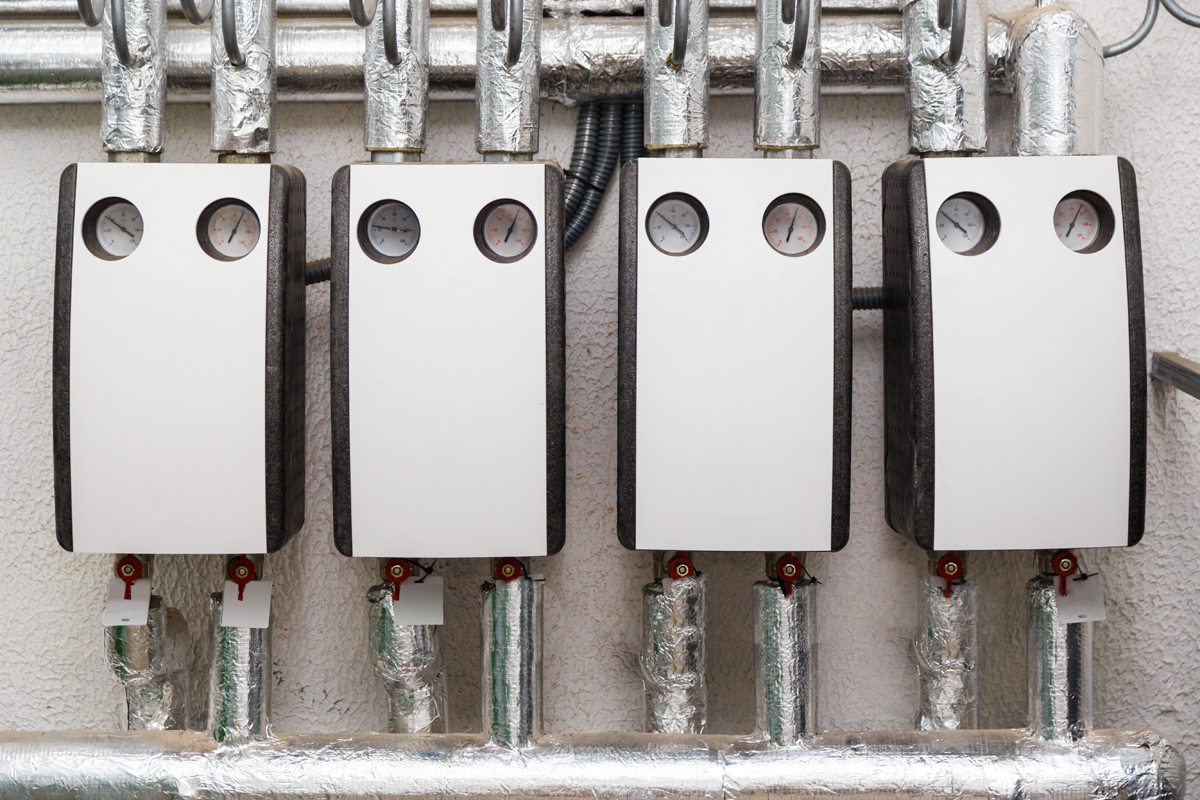Cooling Tower Fan Belts: Function, Types, and Maintenance
Cooling tower fan belts are a crucial component in cooling tower systems, responsible for transferring power from the motor to the fan. They ensure efficient airflow for optimal heat dissipation, making them essential for proper cooling tower operation.
1. Function of Cooling Tower Fan Belts
- Transmit Power: Transfers mechanical power from the motor to the cooling fan.
- Ensure Smooth Operation: Reduces vibration and ensures consistent fan rotation.
- Enhance Efficiency: Maintains optimal airflow for effective cooling performance.
- Reduce Wear & Tear: Prevents direct coupling between the motor and fan, minimizing strain on both components.
2. Types of Cooling Tower Fan Belts
-
V-Belts (Most Common)
- Used in small to medium-sized cooling towers.
- Provides strong grip and efficient power transmission.
- Available in single or multiple belt configurations.
-
Cogged V-Belts
- Similar to standard V-belts but with notches for better flexibility.
- Reduces heat buildup and improves efficiency.
-
Synchronous (Timing) Belts
- Features teeth that mesh with pulleys to prevent slipping.
- Ensures precise fan speed control, often used in high-efficiency systems.
-
Poly-V Belts (Serpentine Belts)
- Multi-ribbed design for enhanced power transmission.
- Used in larger cooling towers for increased durability.
3. Common Issues with Fan Belts
- Belt Slipping: Caused by improper tension or wear, reducing efficiency.
- Cracks & Fraying: Aging belts develop cracks and frayed edges, leading to potential failure.
- Belt Misalignment: Improper pulley alignment causes uneven wear and inefficiency.
- Excessive Noise or Vibration: Indicates loose or worn belts that need replacement.
4. Cooling Tower Fan Belt Maintenance Tips
✅ Regular Inspections: Check belts for wear, cracks, or misalignment every 3-6 months.
✅ Proper Tensioning: Keep belts at the manufacturer-recommended tension to prevent slipping.
✅ Lubrication & Cleaning: Keep belts free of dirt and moisture to prevent premature wear.
✅ Replacement Schedule: Replace belts every 2-5 years, depending on usage and operating conditions.
✅ Use High-Quality Belts: Opt for durable, heat-resistant belts suited for cooling tower environments.
5. When to Replace a Cooling Tower Fan Belt
🔹 If visible cracks, frays, or wear appear.
🔹 If the belt squeaks, slips, or vibrates excessively.
🔹 If cooling performance decreases due to inefficient fan operation.
🔹 If the belt is beyond its typical 2-5 year lifespan.
Conclusion
Cooling tower fan belts are a vital component for efficient cooling system operation. Proper selection, routine inspections, and timely replacement ensure long-term performance and prevent costly system failures.
How Long Do Cooling Tower Fan Belts Last?
The lifespan of cooling tower fan belts depends on the belt type, operating conditions, and maintenance. On average, cooling tower fan belts last between 2 to 5 years, but this can vary based on several factors.
Estimated Lifespan by Belt Type
🔹 V-Belts: 2 to 4 years (common in small to medium-sized cooling towers)
🔹 Cogged V-Belts: 3 to 5 years (longer lifespan due to improved flexibility and cooling)
🔹 Synchronous (Timing) Belts: 4 to 6 years (high precision, low maintenance)
🔹 Poly-V (Serpentine) Belts: 3 to 5 years (durable with high power transmission)
Factors Affecting Belt Lifespan
✅ Operating Hours: Continuous operation leads to faster wear; higher-load cooling towers require more frequent belt replacements.
✅ Environmental Conditions: Exposure to heat, humidity, and chemical buildup can degrade belts faster.
✅ Belt Tension: Over-tightening causes stress and premature wear, while loose belts lead to slippage and inefficiency.
✅ Pulley Alignment: Misaligned pulleys create uneven wear, reducing lifespan.
✅ Material Quality: High-quality, heat-resistant belts last longer than standard ones.
✅ Maintenance Routine: Regular inspections, proper tensioning, and keeping belts free from dirt and moisture extend their life.
Signs It’s Time to Replace a Cooling Tower Fan Belt
🔹 Cracks, fraying, or splitting on the belt surface
🔹 Squeaking or chirping noises indicating slippage
🔹 Excessive vibration or belt misalignment
🔹 Reduced cooling efficiency due to improper fan operation
🔹 Belt looseness or slack, even after tension adjustments
How to Extend Cooling Tower Fan Belt Life
✔️ Perform quarterly inspections to check for wear and misalignment.
✔️ Keep belts at the manufacturer-recommended tension to avoid slipping or excessive strain.
✔️ Ensure pulleys are aligned properly to prevent uneven wear.
✔️ Replace belts before failure to prevent cooling system disruptions.
Conclusion:
Most cooling tower fan belts last 2 to 5 years, but proper maintenance can extend their lifespan. If your cooling tower operates under heavy loads or extreme conditions, more frequent replacements may be necessary.
Universal Tower Parts In Phoenix, AZ
Universal Tower Parts provides stainless steel and galvanized options, welded and gasketed, direct, gear reducer and belt drive units, with efficient Jedair fans, and Jedair low noise fans. Strainers, fan guards and louvers are well constructed, and designed to operate efficiently as they perform their function. Cool Core drift eliminators and fill are made by Universal Tower Parts expressly for our towers.






